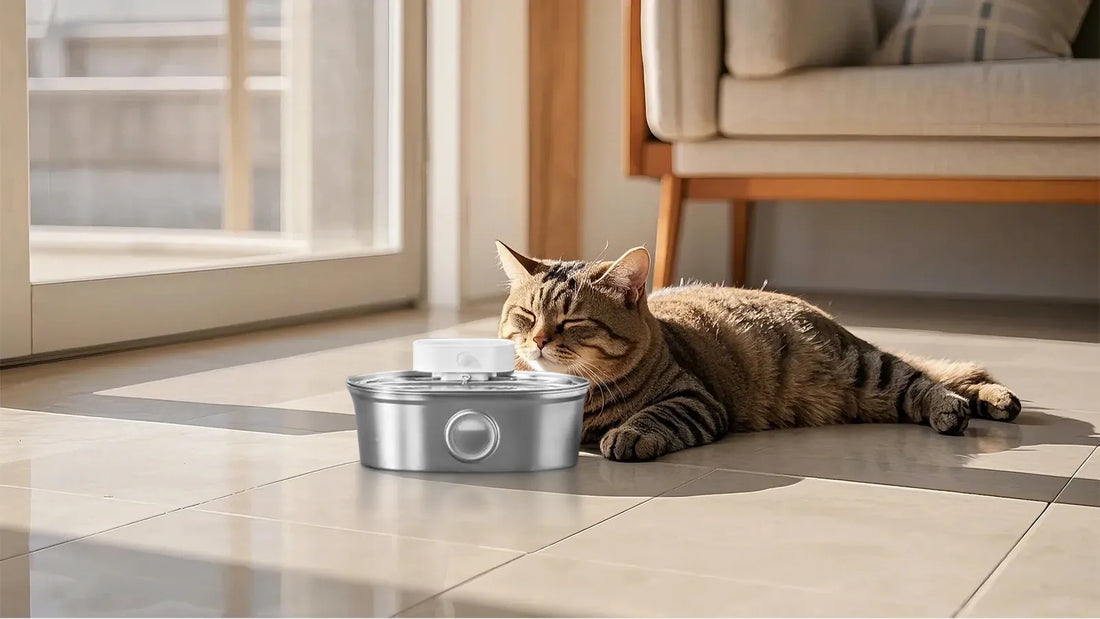If you've ever caught your dog dipping his paws into his water bowl, you're not alone. This peculiar behavior can leave pet owners scratching their heads, wondering what could possibly be going through their furry friend's mind. While it might seem like a random act, there are several reasons why your dog might be doing this. Understanding these reasons can help you address the behavior and ensure your dog stays happy and healthy.
Instinctual Behavior
One of the most common reasons dogs put their feet in their water bowl is rooted in instinct. In the wild, dogs and their ancestors would often paw at water sources to check for safety or to create ripples that might attract prey. This behavior can carry over into domestic settings, even though there's no real need for it. Your dog might be acting on an ancient instinct that's hardwired into his DNA.
Exploring the Environment
Dogs are naturally curious creatures, and they use their paws to explore their surroundings. Dipping their paws into the water bowl could be your dog's way of investigating this element of his environment. The sensation of water on their paws might be intriguing or even enjoyable for some dogs. This behavior is especially common in puppies who are still learning about the world around them.
Cooling Down
Another possible reason for this behavior is that your dog is trying to cool down. Dogs don't sweat like humans do; instead, they rely on panting and other methods to regulate their body temperature. By dipping their paws in water, they might be attempting to cool off, especially during hot weather. This can be particularly true for breeds with thick fur or those that are more prone to overheating.
Attention-Seeking Behavior
Dogs are social animals and often seek attention from their owners. If your dog notices that dipping his paws in the water bowl gets a reaction from you, he might continue doing it to gain your attention. This behavior can be reinforced if you respond by giving him attention, even if it's just to scold him. Dogs are quick to learn which behaviors elicit a response from their owners, whether positive or negative.
Health Concerns
While the behavior is often harmless, it can sometimes indicate an underlying health issue. For example, if your dog is experiencing discomfort or pain in his paws, he might be dipping them in water to soothe the irritation. Conditions like allergies, infections, or injuries could be the culprit. If you notice other symptoms, such as excessive licking, redness, or swelling, it's a good idea to consult your veterinarian.
Boredom or Anxiety
Boredom or anxiety can also lead to unusual behaviors in dogs, including putting their feet in their water bowl. Dogs that don't get enough mental or physical stimulation might resort to this behavior as a way to entertain themselves. Similarly, anxious dogs might engage in repetitive behaviors as a coping mechanism. Ensuring your dog gets plenty of exercise, playtime, and mental enrichment can help reduce these behaviors.
How to Address the Behavior
If your dog's habit of putting his feet in his water bowl is becoming a problem, there are several steps you can take to address it. First, consider the possible reasons behind the behavior and address any underlying issues. For example, if your dog is bored, provide more toys and activities to keep him engaged. If he's anxious, work on creating a calm and secure environment for him.
You can also try changing the type of water bowl you use. Some dogs might be less inclined to dip their paws in a bowl that's deeper or has a different shape. Additionally, placing the bowl in a different location might help if your dog is using it as a way to explore his environment.
If the behavior persists or you're concerned about your dog's health, it's always a good idea to consult your veterinarian. They can help rule out any medical issues and provide guidance on how to manage the behavior.
Understanding why your dog puts his feet in his water bowl can help you address the behavior and ensure your furry friend stays happy and healthy. Whether it's an instinctual habit, a way to cool down, or a sign of an underlying issue, there are steps you can take to manage this quirky behavior. Keep an eye on your dog's overall health and behavior, and don't hesitate to seek professional advice if needed. Your dog's well-being is worth the extra effort, and addressing this behavior can lead to a more harmonious relationship between you and your pet.













